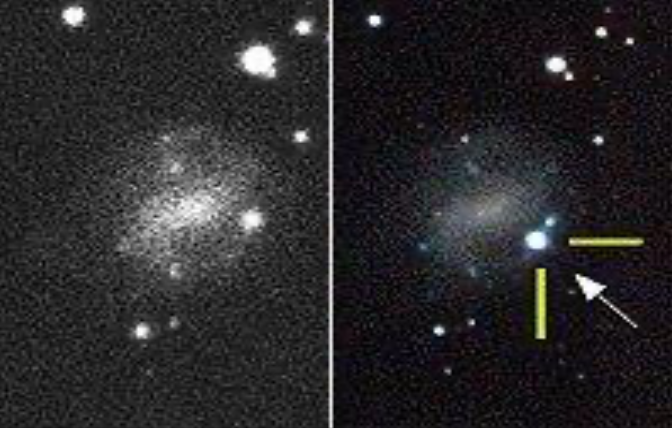By Shuchi Giridhar
New South Wales, July 9: Scientists have tracked evidence of a rare massive stellar explosion dating less than a billion years after the Big Bang. Known as a ‘magneto-rotational hypernova’, this ancient explosion would be about ten times brighter and energetic than an ordinary supernova. The explosion has left a strange mix of elements that has helped fuel the next generation of stars. Hypernovas like this usually are massive, spin rapidly and contain a powerful magnetic field. When a massive star like this dies, it goes out with an enormously powerful bang collapsing into a dense, energetic husk, which fuses the star’s simple elements into an assortment of ever-heavier elements.
Recently, the lead study author David Yong and his colleagues have found a distant star on the rim of the Milky Way. It contains a bizarre chemical fusion that can only be explained by this explosion. The star has been named SMSS J200322.54-114203.3 (J2 for short) and is located 7,500 light-years from the sun in the halo of the Milky Way. Stars like these are the oldest still in existence.
In the new study, the researchers have closely analyzed the star’s chemical composition, using special instruments on the Giant Magellan Telescope in the Atacama Desert in Chile. They have discovered that unlike most other known stars dating to this early era, J2 contains extremely low amounts of iron, while having unusually high amounts of heavier elements such as zinc, uranium and europium.
The researchers attribute the presence of the heavier elements in J2 to the rapid spin of the hypernova and strong magnetic fields. This discovery suggests that hypernovas may have been an important method of star formation in the early universe.


